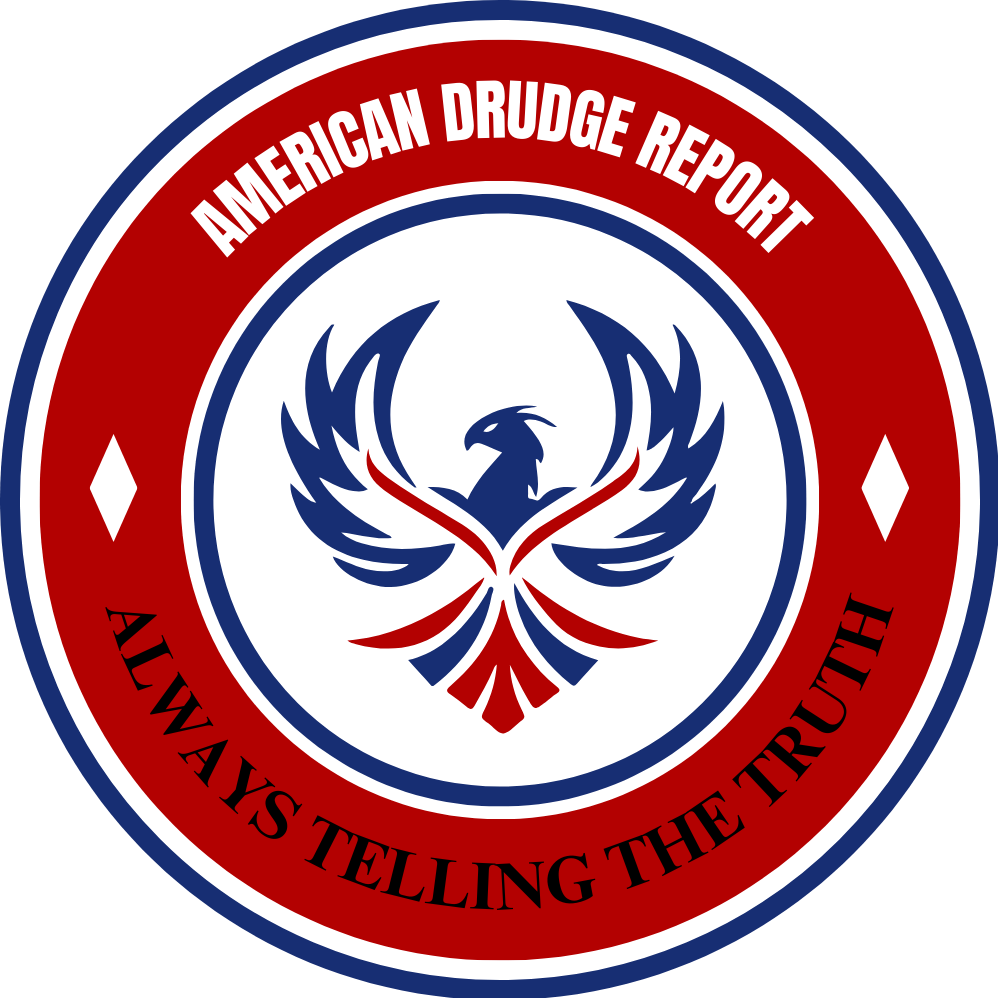The recent announcement by Russian President Vladimir Putin of a unilateral Easter truce in Ukraine has sparked a mix of skepticism and cautious optimism among world leaders. The truce, which took place last Saturday, aimed to pause hostilities during the Easter holiday, but many, including Ukraine’s President Volodymyr Zelensky, viewed it as a potential publicity stunt.
Zelensky expressed his doubts on social media, highlighting Ukraine’s awareness of Moscow’s history of manipulation. Western reactions echoed this sentiment, with publications like The Economist labeling the ceasefire a "gimmick." The prevailing distrust stems from three years of conflict and decades of rising tensions between Russia and the West, leaving both sides unsure if the other would honor any agreement.
Despite the skepticism, some observers found reasons for hope. The ceasefire led to a notable reduction in fighting and a temporary halt to air raid alerts. Leonid Ragozin, a Russian journalist critical of Putin, suggested that the truce served as a test of mutual trust, showing a willingness from both sides to pause the violence, even if only briefly.
The timing of Putin’s announcement coincided with increasing pressure from the U.S. for a peace deal. Secretary of State Marco Rubio had warned that the U.S. would "move on" from negotiations if a settlement didn’t materialize soon. This backdrop suggests that Putin may have been seeking to demonstrate a commitment to peace talks, particularly with the Trump administration’s involvement.
In the days following the truce, diplomatic efforts appeared to gain momentum. Putin indicated a willingness to engage in direct talks with Ukraine, while Zelensky offered to discuss halting attacks on civilian infrastructure. Furthermore, reports emerged that Putin had proposed freezing the invasion along current battle lines and relinquishing control of certain Ukrainian territories claimed in 2022.
While the Easter truce was not without its violations—both sides accused each other of breaking the ceasefire—its existence marked a significant moment. It suggested that a longer ceasefire could be possible and that diplomatic efforts might yield results. The White House’s proposals to keep Ukraine out of NATO and recognize Russia’s annexation of Crimea have also been welcomed by the Kremlin, hinting at a potential path toward resolution.
Overall, the truce provided a brief respite for Ukrainians during Easter and highlighted the complexities of the ongoing conflict. While challenges remain, the developments over the past week offer a glimmer of hope for a peaceful resolution in the future.
